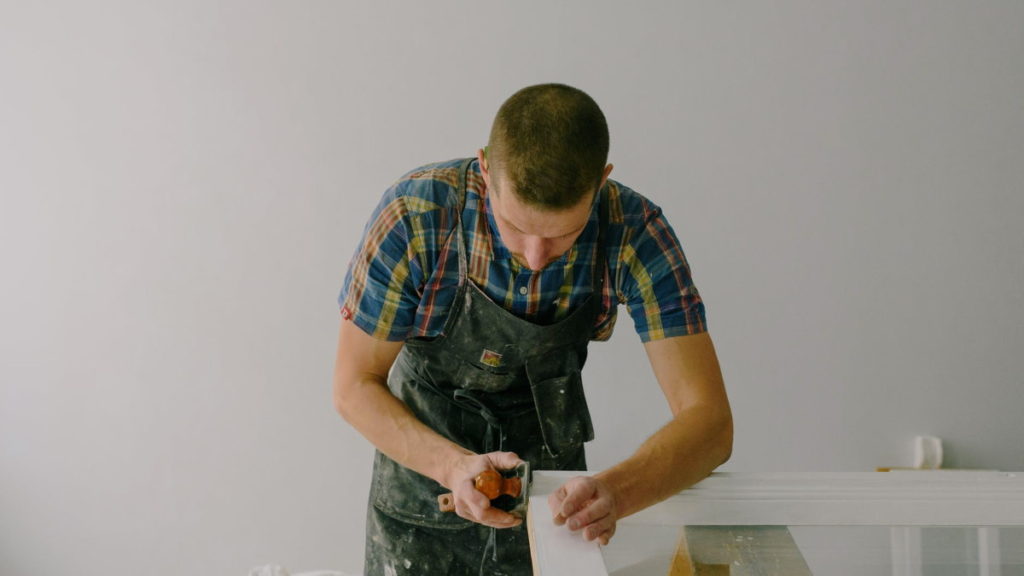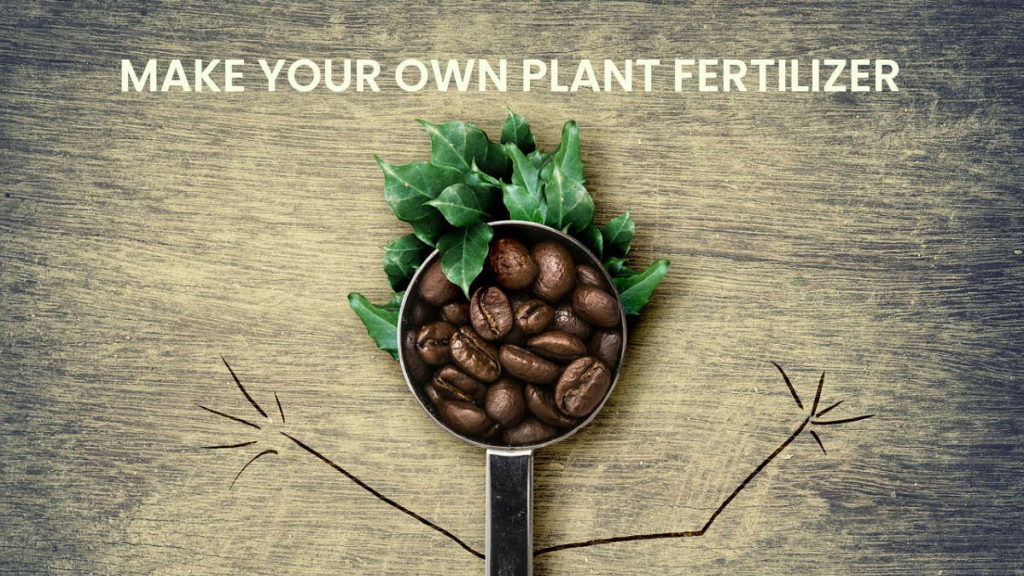There is something romantic about using reclaimed wood for your home DIY projects. Now I realize that is quite a claim but I honestly believe most people would agree with me if they knew more about what is reclaimed wood, where does it come from and why we should be using it for our home remodeling ventures.
Given below, I have tried to answer as many questions as possible regarding reclaimed wood, its uses, benefits, drawbacks, nature etc. These questions should act as a guide for those trying to understand what reclaimed wood is all about and how to use them.
What is reclaimed wood?
As the name suggests, reclaimed wood is wood that has been reclaimed or repurposed for usage in another project.
This means that the wood in question had already been used either in a past commercial or residential property. Wood is periodically taken down from old properties due to various reasons. This wood is then processed further to make them reusable in various other tasks. It becomes as good as new as far as the new owner is concerned.
Where does reclaimed wood come from?
Reclaimed wood mainly comes from old commercial properties that are no longer in use and is to be taken down. This includes old factories, barns, warehouses, woodsheds, outhouses etc.
Note that some reclaimed wood can come from old residential properties as well. Reclaimed wood has a reputation for having a character of its own with some users preferring to learn more about its history, where it has been used before and the unique patterns formed after processing, before buying the wood.
Why should I use reclaimed wood?
There are several reasons for using reclaimed wood but the two most important reasons would be environment and unique characteristics with rich history.
Environment: According to the Food and Agriculture Organization of the United Nations, our world is experiencing about 10 million hectares of deforestation each year.
Environmental issues such as carbon emissions, clean energy, climate change, deforestation need to be in the forefront of our thought-process before any activity.
Reclaimed wood helps in a big way to curb deforestation. Since this wood has already been used, reusing it simply makes sense so that new trees do not have to be cut down.
By using reclaimed wood for any of your home, commercial or remodeling projects, you are helping the environment, reducing your carbon footprint and lowering the rate of annual deforestation.
Unique characteristics with a rich history: This is another significant reason why so many people prefer using reclaimed wood.
As mentioned already, reclaimed wood is wood that has already been used in a past commercial or residential property. This wood develops its own unique characteristics over time.
For example, there could be a nail mark that after reclaiming and processing has left a distinctive pattern on the wood. Cutting and shaving of the wood before past use also may have left patterns and marks that have become a part of that wood board.
Add to that, certain reclaimed wood come from old properties with a rich history. It could have belonged to a museum in the past or part of a barn belonging to a historical family in the locality.
This lends a lot of character to the reclaimed wood which standard wood simply do not possess.
In fact the unique characteristics, history and the fact that reclaimed wood is better for the environment are the main reasons I had mentioned there is something romantic about using reclaimed wood for any of your DIY or home projects.
Why is reclaimed wood better?
Wood in general is better for the environment than many other materials used for various parts of a property.
Plus reclaimed wood helps in reducing deforestation, adds to the character of your furniture, flooring etc.
Wood that is being torn down from existing properties may simply go to waste if not reused.
All this makes a compelling reason why reclaimed wood is better than other materials or acquiring new timber.
How to buy reclaimed wood?
Reclaimed wood can be bought from big stores such as Home Depot or from local dealers in your area as well.
Note reclaimed wood can also be bought online via the major ecommerce giants and other sites specializing in raw materials.
While I realize the way we shop has changed due to the Covid-19 pandemic, I still recommend to buy reclaim wood after checking it out personally at a store instead of buying online.
There is nothing wrong with buying online and its perfectly safe. However, as I explained above that reclaimed wood has its own unique characteristics and patterns, you may want to see it for yourself before buying. It will also give you a chance to know more about its past history.
What can reclaimed wood be used for?
Reclaimed wood can do everything that standard newly acquired timber can do.
It can be used for both residential and commercial properties. Reclaimed wood is currently being used for making furniture, flooring, window panes, exterior frames etc.
Basically there is no limit to the uses of reclaimed wood. If you can use standard wood for a project, then you can use reclaimed wood as well.
Is reclaimed wood cheaper than new?
This is a yes and no question. Certain varieties of wood can be much cheaper than when bought brand new. However, since reclaimed wood has to be recovered first from existing properties that are being torn down, the availability of the wood can fluctuate.
Whenever availability becomes low and demand remains fairly strong, the price of the wood will rise.
It is advisable to check with a few dealers and stores before purchasing reclaimed wood to get the best deals.
What kind of wood is reclaimed wood?
Reclaimed wood can be a mixture of various types of wood depending upon from where it has been salvaged. Typically reclaimed wood can be Oak, Pine, Chestnut etc.
A dealer may have sourced all their reclaimed wood from a single source or multiple sources. This will dictate if the wood is a mixture or of a single variety.
How long does reclaimed wood last?
This depends upon the past usage of the reclaimed wood. If the wood was from a fairly new property, then it will last as long as any new wood. If the wood was acquired from a property which was built several decades ago, then obviously that much of the wood’s age will be reduced.
However, it is quite reasonable to assume reclaimed wood will last one lifetime. Genuine wood usually do last for a long time and most reclaimed wood is heavily processed to make it as good as new.
Is reclaimed wood safe?
In general, reclaimed wood is extremely safe.
However, just like any other case for building projects, you have to exercise some caution. You need to check whether the salvaged wood has a bug problem. You also need to verify what kind of chemicals or preservatives were used to process the wood after reclaiming.
As long as you check on those matters, reclaimed wood is completely safe to use.
Should you sand reclaimed wood?
Yes, from floor sanding to tabletops, you can sand your reclaimed wood to create an even finish on the board.
Note that some dealers already give you the finished product while others sell raw salvaged wood that needs finishing such as sanding the wood.
How do you seal reclaimed wood without changing color?
Many experts feel you should use a polyurethane solution or sealer if you do not want to change the color of the reclaimed wood.
Note that using standard sealants and polish will alter the final shade of the wood after finishing.
Can I stain reclaimed wood?
Yes you can stain your reclaimed wood to give it the final finishing and look that you want.
Can you paint reclaimed wood?
Yes you can paint reclaimed wood. Note that some reclaimed wood may have paint stains from their old usage. You need to remove this before applying your own fresh coat of paint on the wood.
What are the drawbacks of using reclaimed wood?
I personally think that there are no genuine drawbacks to using reclaimed wood.
However, you need to understand because this is wood that has been salvaged, the wood may have existing nail marks, indentations or faded out old paint. Some reclaimed wood boards are uneven in size.
Mind you some people actually like this aspect of reclaimed wood as it gives a distinctive pattern after the finishing process to make it as good as new.
Final Thoughts
Reclaimed wood is my favorite. I just love a great dining table, patio furniture or flooring that is made out of old reclaimed wood with a unique character and rich history.
If you are still wondering if reclaimed wood is for you or how it works, just remember that reclaimed wood is just like any other wood used in DIY projects. It is just that in this case the wood had already been used in a past property and has been salvaged.
By using reclaimed wood for your home or any DIY remodeling projects, you are not only adding an unparalleled charm to your furniture, you are also helping our world from deforestation.


